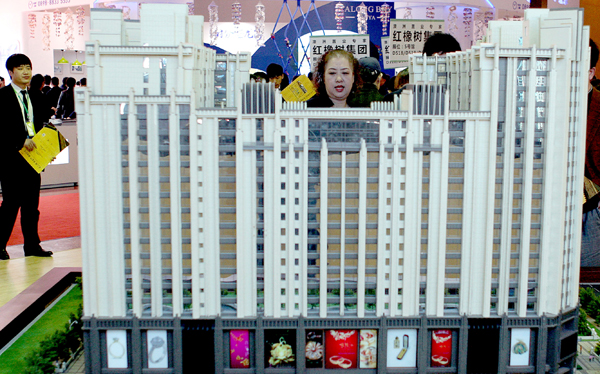 |
|
Homebuyers visit a real estate show in Beijing. Wang Zhuangfei / China Daily |
BEIJING - China's property sector continued to moderate in July, with fewer cities reporting month-on-month rises in new home prices, an official survey showed Thursday.
Of 70 large and medium-sized cities surveyed in July, 51 saw new home prices climb month on month, down from 55 in June and 60 in May, the National Bureau of Statistics (NBS) said.
Meanwhile, 16 cities reported month-on-month price declines, up from 10 in June and four in May, according to the NBS data.
On a yearly basis, 58 cities posted new-home price increases and 11 reported falls in July, compared with 57 and 12 in June.
On a year-on-year basis, the southeastern city of Shenzhen was the top performer, with home prices rising 41.4 percent, but this growth was milder than the 47.4 percent in June and 54 percent in May.
Prices in Shanghai and Beijing rose 33.1 percent, 22.7 percent year on year respectively, compared with 33.7 percent and 22.3 percent in June.
The city of Jinzhou in northeastern Liaoning province saw the steepest price decline of 3.8 percent over a year earlier, from 3.5-percent decline in June.
For existing homes, 51 cities reported month-on-month price increases in July and 12 reported lower prices, compared with 48 and 14 in June.
The housing market started to recover in the second half of 2015 after cooling for more than a year, boosted by pro-growth policies, which included interest rate cuts and lower deposit requirements.
The sector's recovery, however, has been uneven from city to city, with economically-strong areas reporting drastic price rises, and less developed areas still reporting huge inventories of unsold houses.
The contrasting picture has prompted local authorities to take different approaches: Shenzhen and Shanghai have tightened policies to curb speculative purchases and contain bubble risks, while third- and fourth-tier cities are exploring new ways to spur sales.
